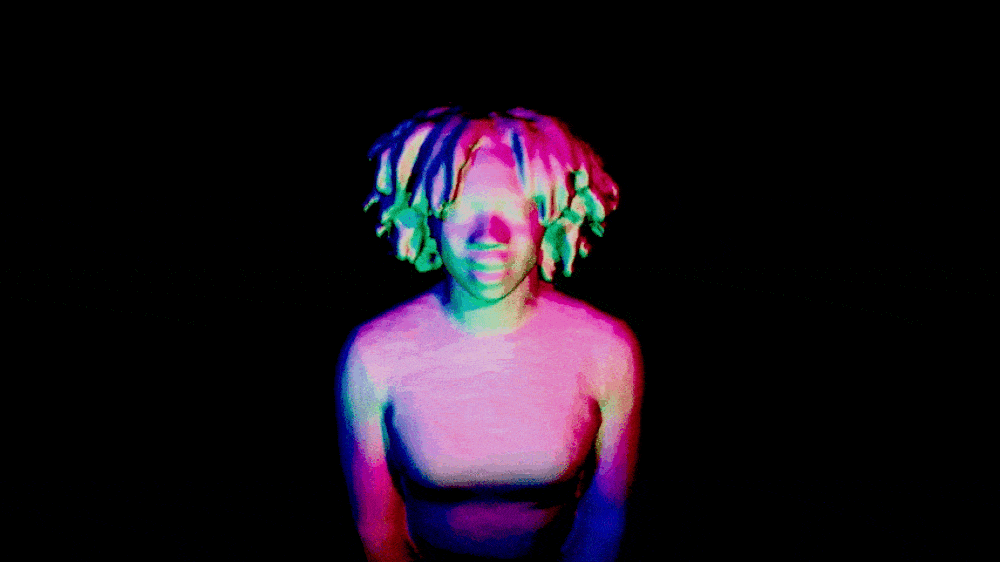
The pandemic drove a surge in the use of video calling apps as millions of people went into lockdown to protect themselves and others from COVID-19. That drove Google to develop Project Starline, a futuristic idea that creates realistic 3D models of friends and family from a great distance away.
Starline uses research from computer vision, machine learning, data compression, and spatial audio to make it feel like the person you’re talking to is on the other side of a “magic window” when, in reality, they might be on the other side of the planet.
To solve this challenge, we’ve been working for a few years on Project Starline — a technology project that combines advances in hardware and software to enable friends, families and coworkers to feel together, even when they’re cities (or countries) apart.
To make this experience possible, we are applying research in computer vision, machine learning, spatial audio and real-time compression. We’ve also developed a breakthrough light field display system that creates a sense of volume and depth that can be experienced without the need for additional glasses or headsets.
The catch to Project Starline is that, for now, it only exists within Google’s own offices. The company is testing it out in the Bay Area, New York City, and Seattle. Google has also been testing the tech with enterprise partners in healthcare and other sectors. The company teases “sharing more” later in 2021.
FTC: We use income earning auto affiliate links. More.




Comments